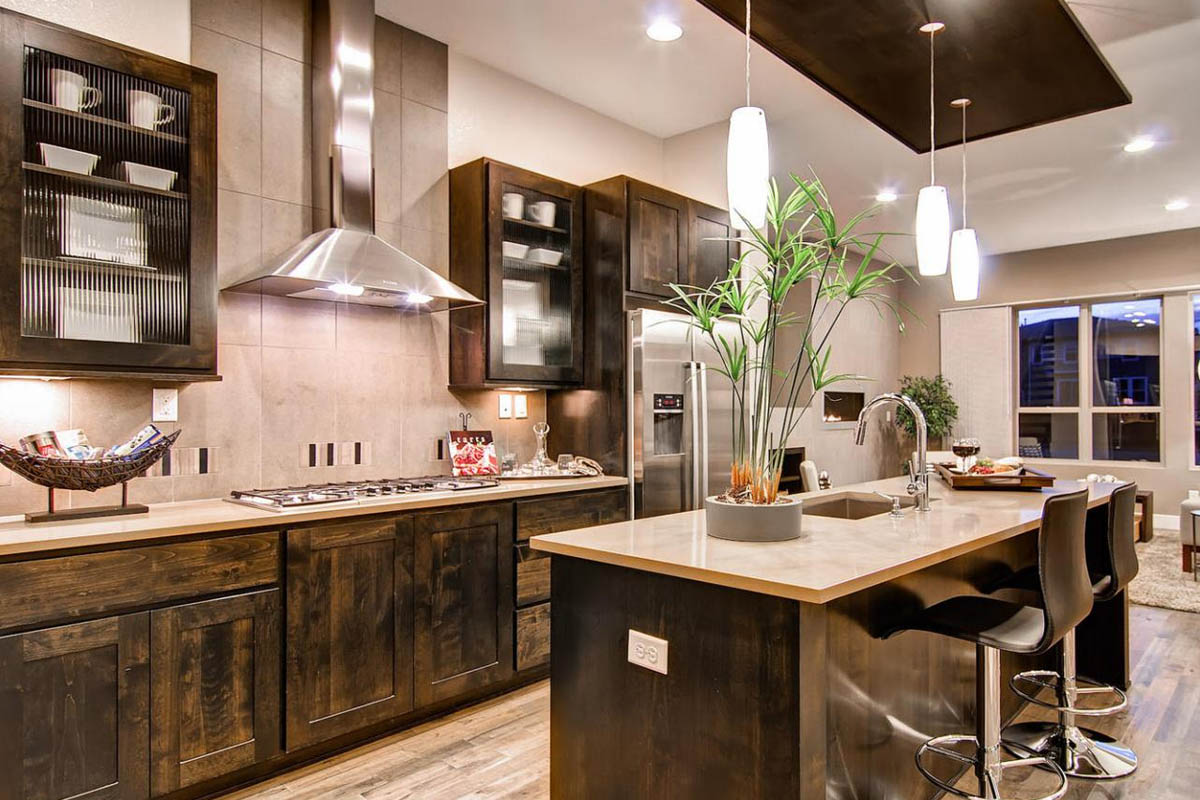The kitchen is more than just a place to prepare meals; it’s the heart of the home, a space where culinary creations come to life, and memories are shared. Designing a kitchen involves a careful balance of functionality, aesthetics, and personalization. In this comprehensive guide, we’ll explore the intricacies of kitchen design, from layout considerations to storage solutions, to help you create a culinary haven that suits your lifestyle.
Designing Your Dream Kitchen
1. Understanding Your Cooking Style
Before embarking on a kitchen design journey, consider how you use your kitchen. Are you an avid cook who requires ample counter space and high-end appliances, or is your kitchen more of a social hub where entertaining takes center stage? Understanding your cooking style will guide decisions on layout and functionality.
2. Optimal Kitchen Layouts
The layout of your kitchen can significantly impact its efficiency. Common layouts include the classic L-shape, U-shape, galley, and open-concept designs. Each layout has its merits; choose one that complements your space and caters to your preferred workflow.
3. Appliance Selection and Placement
Strategically placing appliances is essential for a well-functioning kitchen. Consider the classic work triangle—arranging the stove, sink, and refrigerator in a triangular formation. Choose appliances that align with your cooking habits and fit seamlessly into the overall design.
4. Cabinetry and Countertop Choices
Cabinets and countertops are key design elements in any kitchen. Explore various materials, styles, and colors to find options that not only enhance functionality but also contribute to the aesthetic appeal. Consider maximizing storage space with features like pull-out shelves and built-in organizers.
Creating Efficiency Through Organization
1. Decluttering and Streamlining
An organized kitchen is an efficient kitchen. Regularly declutter countertops, drawers, and cabinets. Invest in organizational tools like drawer dividers, spice racks, and utensil trays to keep everything in order. A clutter-free space not only looks better but also streamlines your cooking process.
2. Zones for Efficiency
Organize your kitchen into functional zones based on tasks. Create a prep zone near the cutting board, a cooking zone around the stove, and a cleaning zone near the sink. This approach minimizes unnecessary movement during meal preparation and enhances overall efficiency.
3. Smart Storage Solutions
Maximize storage efficiency with smart solutions. Pull-out pantry shelves, lazy Susans, and vertical dividers are excellent additions to keep your kitchen organized and accessible. Customizing cabinets to fit specific items, such as pull-out trash bins or recycling centers, can further enhance functionality.
4. Personalizing Your Culinary Space
Infuse your personality into the kitchen through thoughtful decor and personal touches. Display favorite cookbooks, add indoor plants, or incorporate decorative elements that resonate with your style. Personalizing your kitchen makes it a more inviting and enjoyable space for both cooking and socializing.
Crafting a culinary haven involves a careful blend of design, functionality, and personal expression. By understanding your cooking style, choosing an optimal layout, and incorporating efficient storage solutions, you can create a kitchen that not only meets the demands of daily life but also reflects your unique personality. Organizing your kitchen into functional zones and personalizing the space enhances its efficiency and makes it a joy to work in. Whether you’re a passionate home chef or someone who values a welcoming kitchen for family gatherings, let this guide inspire you to create a kitchen that truly is the heart of your home.



